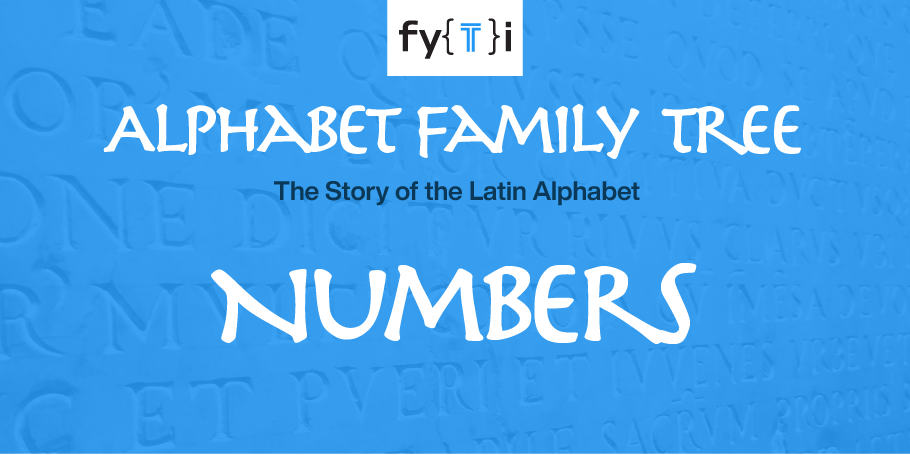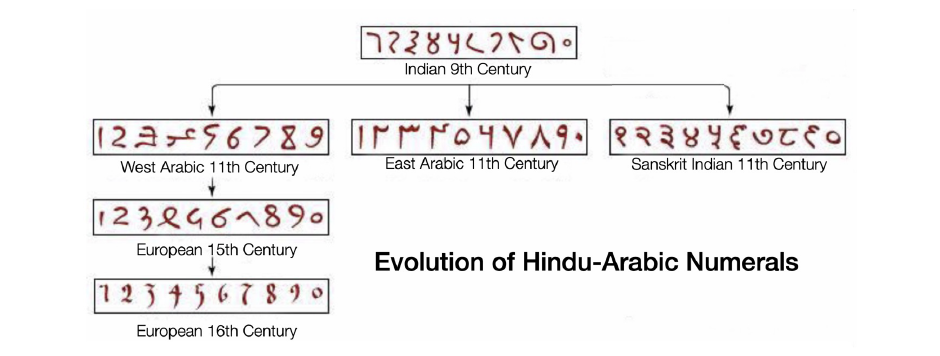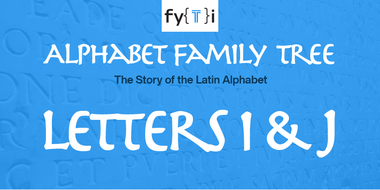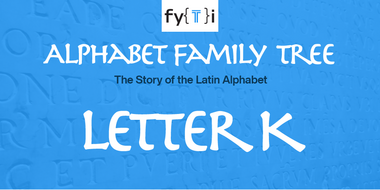Alphabet Tree - Numbers

The Romans gave us a beautiful and remarkably powerful alphabet – not so much numbers, however. The predecessors to our current numbers were developed in India.
Around 500 BC, the brilliant Indian mathematicians of the Vedic period developed the decimal system, based on the number 10. This revolutionary concept employed a symbol for zero, which was a groundbreaking development in the history of numbers. By the 9th century, these evolved into the Gwalior numbers.
The Indian numeral system gradually spread to the Arab world through trade, where it was further refined. This system, which included the digits 1 to 9 and the numeral zero, came to be known as Arabic numerals. Arab scholars made significant contributions to mathematics, including the preservation and translation of Greek and Indian mathematical texts during the Islamic Golden Age.

For the most part, the symbols the Arabic people used looked much like the numerals we use today, but it took many years for the Western world to incorporate these characters into printing and writing. As late as the twelfth century, most European numerals (except for the 1, 8 and 9) were different from the forms we use today.
When Gutenberg invented the art of typography he included a set of numbers in his font. In spite of this precedent, for almost a hundred years, numbers were generally treated as “pi” characters (generic symbols that did not correspond to any particular typeface design).
Claude Garamond, the celebrated 16th century type designer, is generally given credit for creating the first font of type that included numbers specifically designed to reflect the subtleties of its letterforms.

Typographic Lexicon

Download a PDF version of the Alphabet Tree - Numbers.

